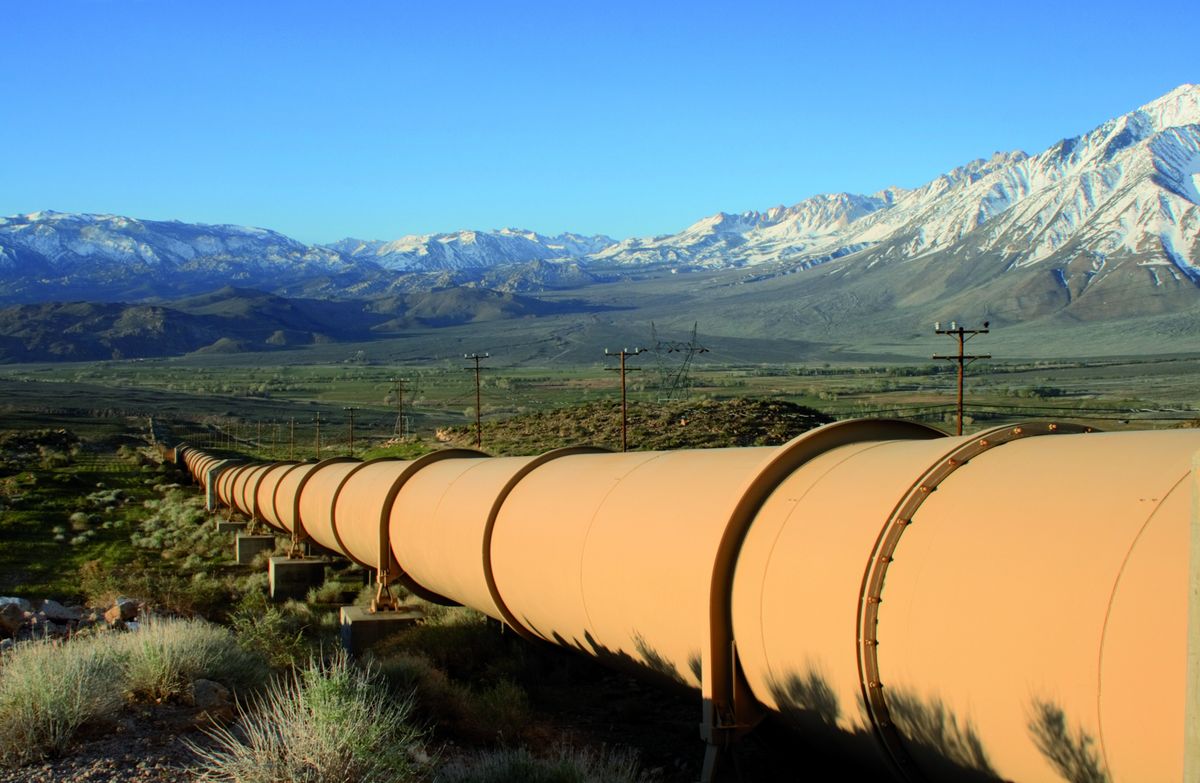Oil pipeline rehabilitation project
Oil pipeline rehabilitation project
Oil pipeline rehabilitation is an important practice for keeping pipelines in safe and efficient working order. Unfortunately, many pipelines have been left to deteriorate due to a lack of proper maintenance and upkeep. In this case study, we will explore a successful oil pipeline rehabilitation project which utilized modern innovations in construction technology and engineering practices.
The project centered around an aging 10-kilometer oil pipeline located in an arid region of the Middle East. The pipeline had been laid down decades ago but had since fallen into disrepair due to neglect by its owners. The owner decided that it was time to invest in a rehabilitation effort, so they hired a team of engineers and construction experts to design a plan for restoring the pipeline’s integrity.
The first step taken by the team was to assess the current condition of the pipeline. This involved conducting detailed inspections of the entire length of the line with special attention paid to areas where corrosion or wear had become particularly severe. The team also tested the integrity of individual sections and fittings using ultrasonic imaging technology. Once all sections had been inspected, the engineers drew up plans for repairing or replacing any damaged components as needed.
To ensure that all repairs were done properly and safely, the team opted to use several modern technologies during their work. Modern welding techniques were employed both on-site and off-site while robotic equipment was used for precision concrete work on badly corroded areas along the line’s surface. Seals made from advanced materials such as PTFE were also applied in areas where there were significant gaps between components, thus increasing overall pressure resistance ratings (which ensures that products move through pipelines safely).
Finally, after all repairs were completed, extensive testing was done on each component before it went back into service. These tests included hydrostatic testing (to check for leaks) as well as pressure tests (to check for structural integrity). After these tests passed with flying colors, the newly rehabilitated oil pipeline went back online and has since maintained a stable level of performance ever since then – delivering results far beyond what any traditional repair process could have achieved alone.
This case study presents just one example of how effective oil pipeline rehabilitation can be when modern technologies are integrated into traditional engineering practices – something which is becoming increasingly necessary given today’s complex industrial environments. From robotic welding arms to sophisticated monitoring systems, companies now have access to tools which make it easier than ever before to keep their pipelines running smoothly and efficiently – ensuring safe operation year after year without interruption.

